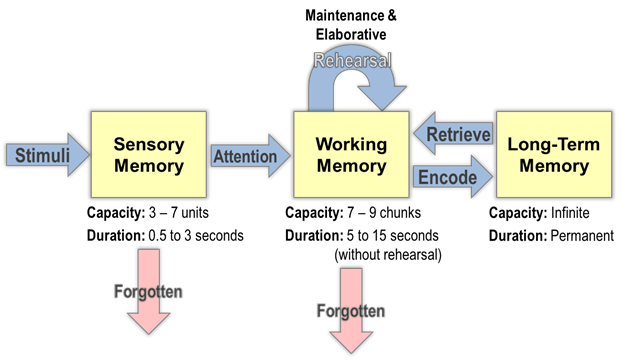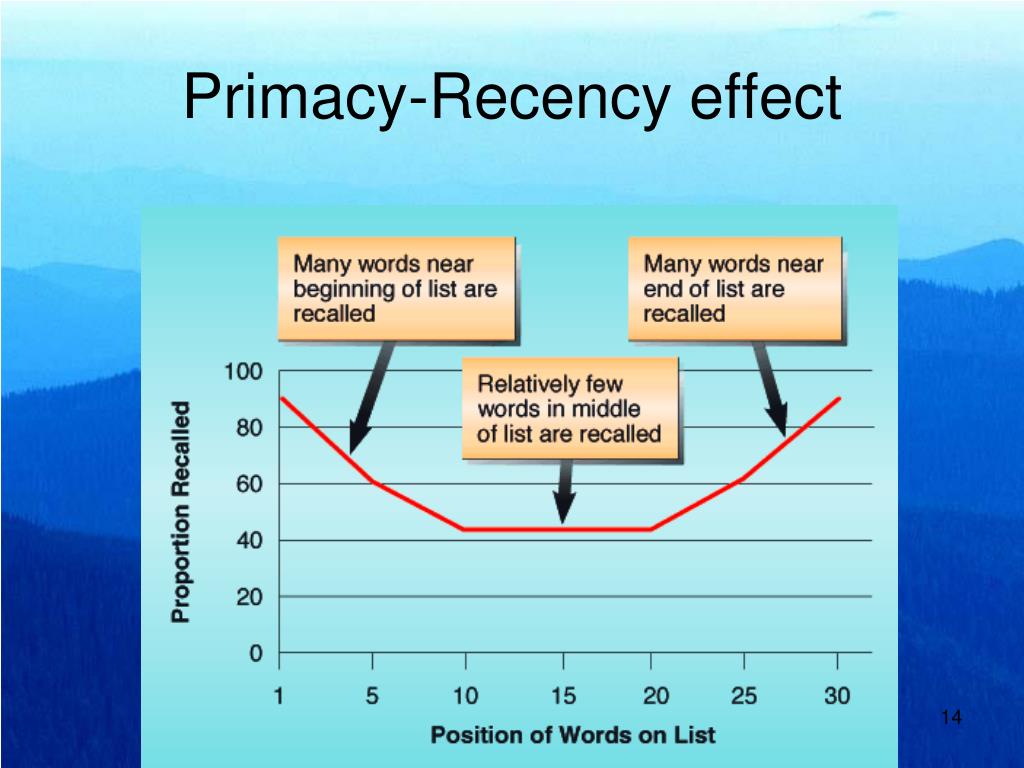Wired 2.0! Create your ultimate learning environment by Simone de Gijt
src: Wired 2.0! Create your ultimate learning environment by Simone de Gijt - 2024-10-12

Emotions
There are guards / filter that determines which information gets prioritized to end up to the working memory: emotions.
- Survival → prioritize that data (often life-threatening situations)
- Data generating emotions
- Need to be right state of mind, otherwise, it will need lots of focus.
- Emotions generated by past experiences.
- Data for new learnings.
2 biggest indicators:
- Sense
- Do you understand it?
- Based on your past experiences.
- Meaning
- Why do you need to know this?
- Based on relevance.
We store by similarity, we retrieve by difference.
Retrieval depends on:
- adequacy of cues
- mood and beliefs
- context of retrieval
- system of storage
- Long term memory is not in one place, it’s all around.
- It’s a long skill and we can train it.
Rate of retrieval != Rate of learning
AI influence on rate of learning
- accelerate the rate of learning through personalized and easily accessible content
- but weaken the rate of retrieval by reducing the need for frequent memory recall.
System of storage
Organize system of storage:
- critical attributes: you need to focus on the differences and what makes it unique
- chunking: blob of information, the more familiar you are with a certain type of information, the bigger the blob
Chunking
- pattern: step-by-step procedure. Attach meaning to the sequence you want to learn.
- categorical: establish various types of categories to help classify large amounts of information
- this is the one best used for training your system of storage
A way improve this categorical chunking is use the following blueprint whenever you are learning by applying certain “chapters” for everything:
- advantages and disadvantages
- similarities and differences
- structure and function
- taxonomies hierarchical levels
- arrays (of critical attributes)
You can subscribe to a code reading club to check how others are chunking their understanding of code.
Time
Dark hole of learning: the low point of focus just past the middle of the day.
Primary-recency effect
The recency effect refers to the fact our memories remember the last item in a sequence more easily than items in the middle of the sequence.

How to spend in the down time:
- work with the information that’s in the working memory
- practice with it
- maybe reflect with it
- questions and answers for yourself
- give your body a break by walking around
- during this down time, your brain is chunking the information you have gathered here
The down time does increase the longer you push yourself to extend the prime time 1 ⇒ split in multiple prime times 1 instead of one big prime time 1.
Learning while coding
Instead of diving directly to the task, take 20 minutes to:
- 10 minutes: read and analyze the code by answering those questions:
- What was the first element that caught your eye? Why?
- What was the second thing you noticed? Why?
- Are these two things related?
- What concepts are present in the code? Do you know all of them?
- What syntactic elements are present in the code? Do you know all of them?
- What domain elements are present in the code? Do you know all of them?
- 2 minutes: stand up
- shake your body
- got to the toilet
- get a drink
- do some squats
- 8 minutes: research things that were unfamiliar by answering those questions:
- What is this code trying to achieve?
- What are the most important lines of the code?
- What are the most relevant domain concepts?
- What are the most relevant programming constructs?
- What are the benefits of this implementation?
- What are the potential downsides of this implementation?
- Can you think of alternative solutions?
- How can you improve this code?
How can AI help you learn optimally?
Help in the planning:
Hello assistant, can you make a planning for a learning episode. Topic is quantum computing. Learning block is 60 minutes. Divide in 3 blocks of 20 minutes. Every block having a prime time 1, a downtime and a prime time 2.
Summary / Query: NotebookLM | Note Taking & Research Assistant Powered by AI
- you can multiple sources
- generate the podcast
- ask questions
Visualize: Napkin AI - The visual AI for business storytelling
Differentiate:
Can you make a table on quarkus and springboot and tell me the difference between both.
Critical Thinking vs Artificial Intelligence
Critical thinking is a skill that can be trained. The more you do it, the more natural it becomes and the more automated that question will pop up.
AI is a tool.
We need to keep training the skill of critical thinking.
Apply critical thinking to artificial intelligence.
Keep asking high order thinking questions.
Reviews
Why did I want to read/watch this? Learning is one of the most important things in life. Having a “framework” or something that help learning efficiently will help in life in general.
What did I get out of it? This is an awesome talk. To be honest, I normally watch those videos in 1.5x, and for this one, I change the speed playback to normal, and keep pausing to take notes.
Without digging on the theory, some techniques can be used to enhance my way of learning:
- use the following “framework” to learn new things:
- advantages and disadvantages
- similarities and differences
- structure and function
- taxonomies hierarchical levels
- arrays (of critical attributes)
- use 20 minutes before diving into a task:
- 10 minutes read and analyze
- 2 minutes to move around
- 8 minutes to research things that were unfamiliar
- ask high order thinking questions when pair programming or mob programming
- this gave me an idea to note all the things we learned during our sessions
- leverage AI to help us on the rate of learning by
- helping us do the learning planning
- summarize and query the topic
- make visualization of the topic (our brain is more accustomed to view images / icons than plain old text)
🔗